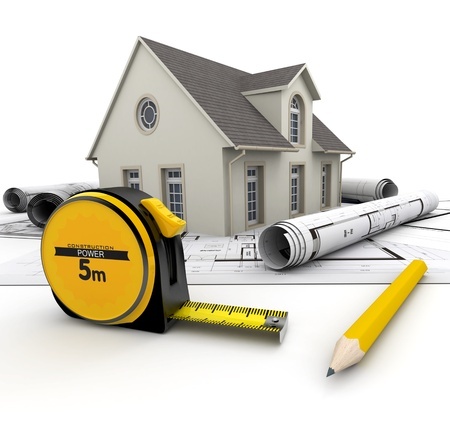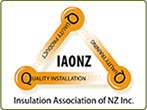
Consider all the options for your house insulation project
Are you thinking about house insulation and coming up with more questions than answers? If so, then you’re not alone. Installing home insulation requires careful planning and research so that it can be completed in the shortest possible time-frame, with the least hassle and in the most cost-effective manner.
What is the best time for house insulation?
The best time to install insulation is during the construction of your house simply because the insulation is installed as the house is being built. Floors and walls, for example, can be adequately insulated before they are completely closed off. During construction, you will have the largest choice of products, including blown-in products like cellulose, or materials that are cut to fit like wool, polystyrene, polyester and fibreglass. This means that every possible surface, whether walls, ceilings or floors, can be properly insulated as the house is being constructed.
Once a house is built, it can be impossible to insulate hard-to-reach areas. Generally, walls, and some ceiling and floor cavities, cannot be insulated once they are sealed. However, if you are renovating, you can certainly look at ways of increasing your insulation.
In existing homes where you have access to the ceiling or underfloor, you can insulate these areas as long as the crawl space is big enough for contractors to work in. However, if there is inadequate space for an installer, cellulose insulation (recycled paper) can often be blown into ceiling spaces.
Where should I put insulation in my home? The best way to answer this question is to ask an expert – organise a professional assessment of your home’s insulation requirements. An experienced assessor will firstly assess your existing wall, underfloor and ceiling insulation to determine if it is adequate and meets current industry recommendations. A lot of older insulation products shrink with age and may no longer be effective.
The assessor will then consider other areas in the house that have no insulation at all. Once your insulation needs are recorded, the assessor will calculate the amount of insulation needed in each accessible space in your house and provide you with recommendations for the most suitable types of insulation in each area. These recommendations are based on providing the highest level of energy efficiency for the most cost-efficient price.
Let The Experts Recommend The Right Home Insulation Material
There are a wide range of materials to choose from. Blankets, in the form of rolls, are flexible products made from mineral fibres, including fibreglass, polyester, or rock wool. Loose-fill insulation includes GreenChoice cellulose insulation, fibreglass, or rock wool in the form of loose fibres or fibre pellets that are blown in using specialised equipment. Rigid insulation is made from fibrous materials or plastic foams and is produced in board-like forms and moulded pipe coverings.
Reflective insulation systems are fabricated from aluminium foils with a variety of backings such as Kraft paper, plastic film, polyethylene bubbles, or cardboard. The assessor will recommend which products best suit each space in your home. As well, the assessor will ensure the R-value, or measure of the product’s thermal performance, meets requirements. The higher the R-value is the better.
A final consideration is the cost. Talk to the assessor about the total costs for your insulation project and ask about financial assistance. You may be able to take advantage of a government grant or council assistance or a loan. Either way, the assessor is equipped with the knowledge to provide you with all the answers.



